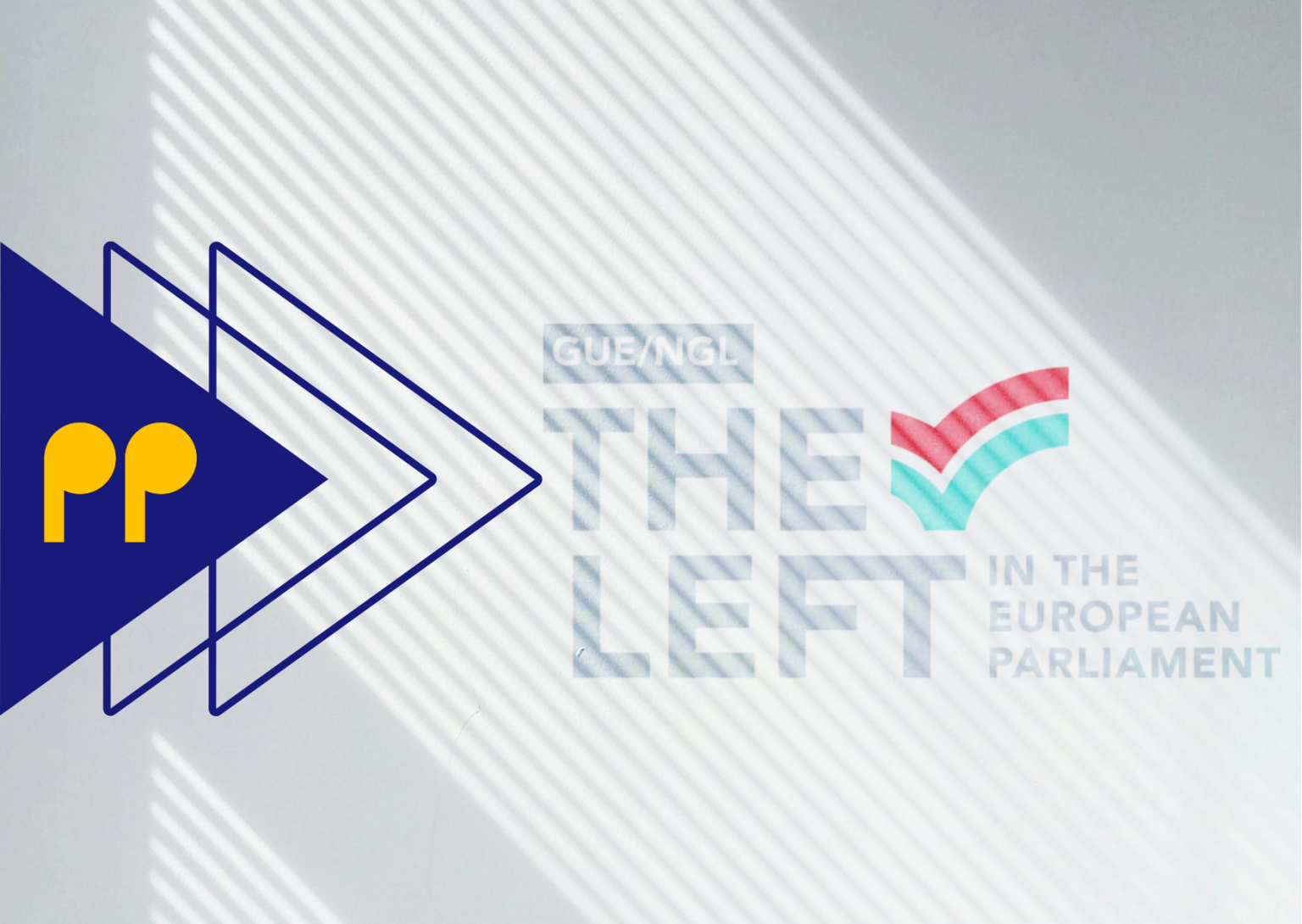The Party of the European Left (PEL), embodying an array of democratic socialist and communist ideals, stands as more of a symbolic contender of ideas in the forthcoming European Parliament (EP) elections. Established in 2004, PEL has continuously built a robust network of left-wing parties across Europe, championing anti-capitalist and progressive agendas. As the elections approach, understanding PEL’s strategic positioning, ideological steadfastness, and the key players directing its course is essential for gauging its potential impact on European politics.
The power players: who’s who in the European left
The vigour of PEL is significantly shaped by its president, Walter Baier, an Austrian politician whose sharp understanding of democratic socialism drives the party’s agenda. In the EP, Martin Schirdewan stands as a key figure, championing stringent opposition to neoliberalism with a focus on social protections and environmental policies. These leaders’ combined expertise and ideological commitment moulded PEL’s strategy in the European legislative arena, emphasising solidarity among European workers and resistance against austerity measures.
Baier’s recent election as the party’s lead candidate for the European Commission underscores his central role in PEL’s strategy. His outspoken stance on making the working class central to the green transition highlights a key agenda for the party. Despite his lack of experience in other EU institutions, Baier’s leadership is poised to voice the often-overlooked concerns of millions across Europe.
Key contributors and internal dynamics
PEL’s approach to the EP elections strategically balances centralised guidance with the autonomy of its member parties, enabling a tailored response to the varied political climates across Europe. This flexibility is vital for addressing local issues while maintaining alignment with PEL’s overarching anti-capitalist and progressive agenda. Such a strategy not only fosters cohesion within the party but also adapts dynamically to the diverse political landscapes of Europe. The internal dynamics of PEL are characterised by a deep commitment to collective action and mutual support, which starkly contrasts with the fragmented approaches often observed in other political families. This unity is crucial for presenting strong, unified stances on critical issues such as workers’ rights, climate change, and opposition to militarisation.
However, the broader left-wing camp faces significant fragmentation challenges. The emergence of new national parties from internal splits, notably in Spain, Germany, and Greece, adds layers of complexity to PEL’s strategy. The existence of parallel movements like the ‘Now the People’ platform reflects the ongoing struggle within the left-wing camp to project a unified front. The ‘Now the People’ platform, which includes many members from PEL, is pursuing a separate electoral programme, illustrating the internal divergences and the quest for a cohesive strategy among Europe’s left-wing forces.
This intricate dynamic within PEL illustrates a broader theme in European leftist politics: the tension between unity and diversity. As PEL heads into the elections, its ability to manage these internal dynamics while effectively addressing the pressing issues facing Europe will be paramount. The effectiveness of its strategy in fostering solidarity and action among its diverse members will likely determine its impact and success in the upcoming European Parliament elections.
Voter base insights
PEL engages a diverse and vibrant electorate, spanning from staunch communists to democratic socialists. This wide ideological spectrum is united by a common rejection of neoliberal economic doctrines and a passionate commitment to social justice and environmental sustainability. What sets PEL apart is its nuanced understanding of the economic pressures and cultural shifts influencing voter behaviour across Europe.
PEL’s appeal is more robust among younger demographics who are drawn to its bold stance on issues like climate change, economic inequality, and social rights, as well as opposition to the war in Ukraine. The European left have tapped into the sentiments of the working-class communities, who have felt the brunt of austerity measures and economic instability. This group’s growing disillusionment with mainstream centrist policies that have dominated the EU for decades has led them to seek alternatives that promise a more equitable redistribution of resources and radicall economic reforms. PEL’s focus on anti-austerity measures and workers’ rights resonates strongly with this voter base, providing a sense of advocacy and representation.
It will be interesting to see whether the PEL will see support in regions heavily impacted by industrial decline and economic shifts, or whether the old working class electorate will continue to drift to the populist far right. For instance, in parts of Eastern Europe and the traditional industrial heartlands of Germany and Spain, PEL’s message of economic revitalization through green jobs and fair trade practices could gain considerable traction.
Election forecast
The electoral prospects for PEL in the upcoming elections are cautiously optimistic. With a solid base of support in countries like Spain, Germany, and Greece, PEL aims to consolidate its influence by focusing on key issues that resonate with its electorate, such as anti-austerity measures, social equity, and environmental justice. These themes have traditionally rallied support from a broad spectrum of the left, appealing to both traditional and progressive voters who prioritise social policies and environmental concerns.
However, new challenges are emerging within the European left that could potentially disrupt PEL’s unity and influence. The formation of the Sahra Wagenknecht Alliance—For Reason and Justice in Germany represents a significant ideological shift within the broader left-wing movement in Europe. Wagenknecht’s new party combines left-wing economic policies with right-leaning stances on issues like immigration, diverging sharply from the more traditional pro-migration policies of other left parties within PEL. This blend of economic leftism with conservative cultural policies is gaining traction among sections of the left across the Global North, creating a new dynamic within the left-wing political spectrum. This divergence in policy could lead to friction among the left’s constituents, as Wagenknecht’s approach appeals to a different segment of the electorate, potentially syphoning off voters who might otherwise align with PEL’s broader agenda.
Additionally, in France, the once formidable influence of France Unbowed and its leader Jean-Luc Mélenchon is experiencing a decline. Mélenchon’s loosening grip on the French left comes at a critical time when unity and strong leadership are necessary to consolidate gains. The erosion of his base could lead to a fragmented vote on the left, diluting the power and effectiveness of left-leaning policies in the European Parliament. These internal dynamics and external challenges underscore the complexities PEL faces as it seeks to not only maintain but expand its influence.
Recent polls suggest that the European left will gain in seats from 2019. Interestingly, they are just one of three European political families that are projected to gain seats (along with the national conservative ECR and hard right ID) while the four other European political families will lose seats.
The post-victory wishlist
Should PEL succeed in gaining significant seats in the EP, its immediate focus will likely be on influencing key policy areas through strategic placements in parliamentary committees. By securing influential positions, PEL aims to steer legislative priorities towards more equitable economic policies, robust social safety nets, and comprehensive environmental legislation. This focus underscores PEL’s long-term strategy of affecting substantial policy changes from within the institutional frameworks of the EU, rather than merely opposing them from the sidelines.
However, it is important to note that PEL has often used its platform in the EP not just to push for policy changes but also as a means to mobilise support for extra-parliamentary protest actions. This dual approach reflects PEL’s broader strategy of blending parliamentary participation with direct activism. By leveraging their presence in the European Parliament, PEL members aim to amplify issues and rally public support, influencing policy discussions both inside and outside the formal political arenas. This tactic has been particularly evident in their approach to environmental and social justice issues, where public protests and movements have played a critical role in shaping the political discourse. While PEL’s participation in parliamentary committees is crucial, their engagement with grassroots movements and public demonstrations remains a vital component of their strategy to enact change.
As the EP elections draw near, the strategies, voter base, and internal dynamics of PEL provide crucial insights for political analysts and strategists. This in-depth understanding is essential for anyone engaged in the European political arena, offering a clear view of how the left-wing political family plans to navigate and impact the upcoming electoral cycle. Stay tuned for further analyses on the EP elections and other key political developments. Subscribe for the latest updates and in-depth political insights.

